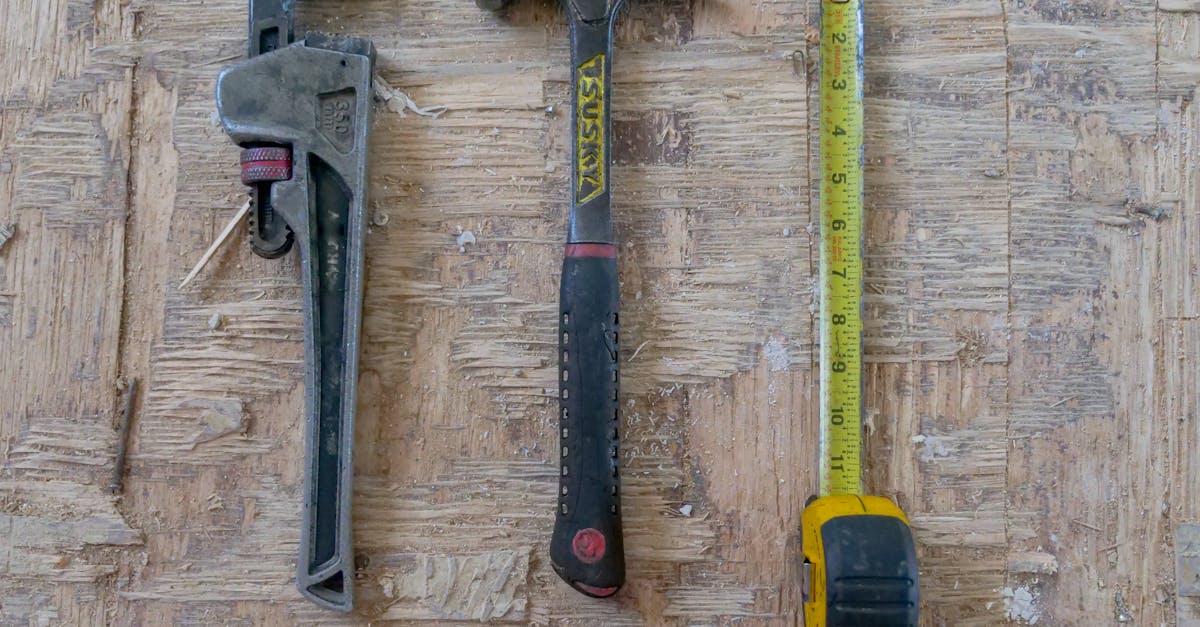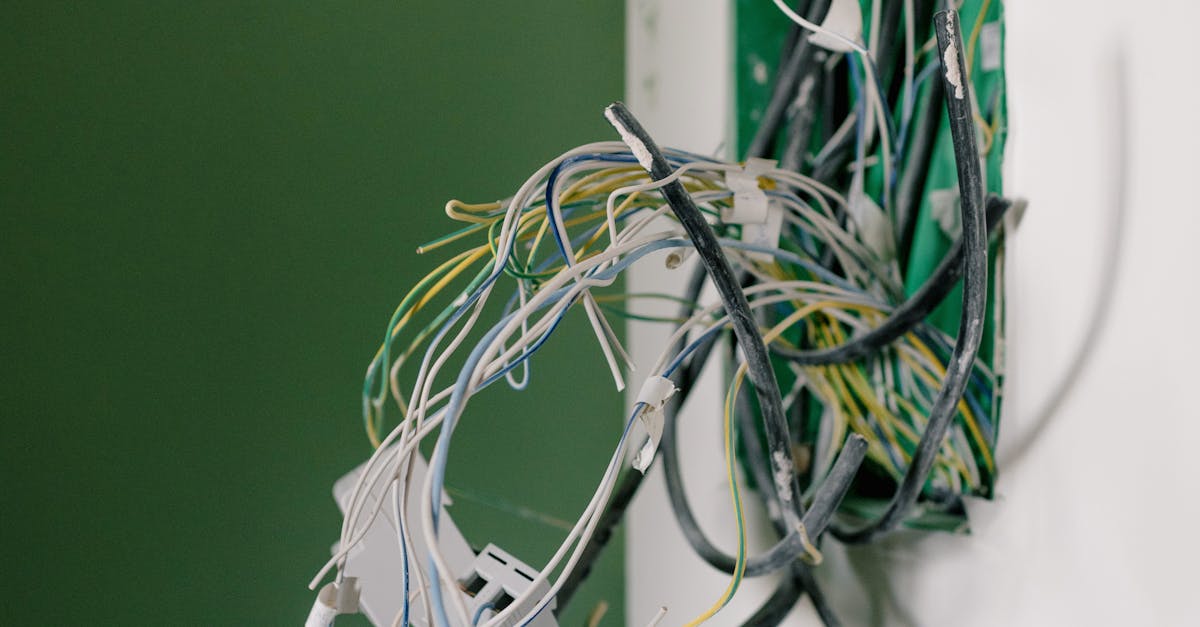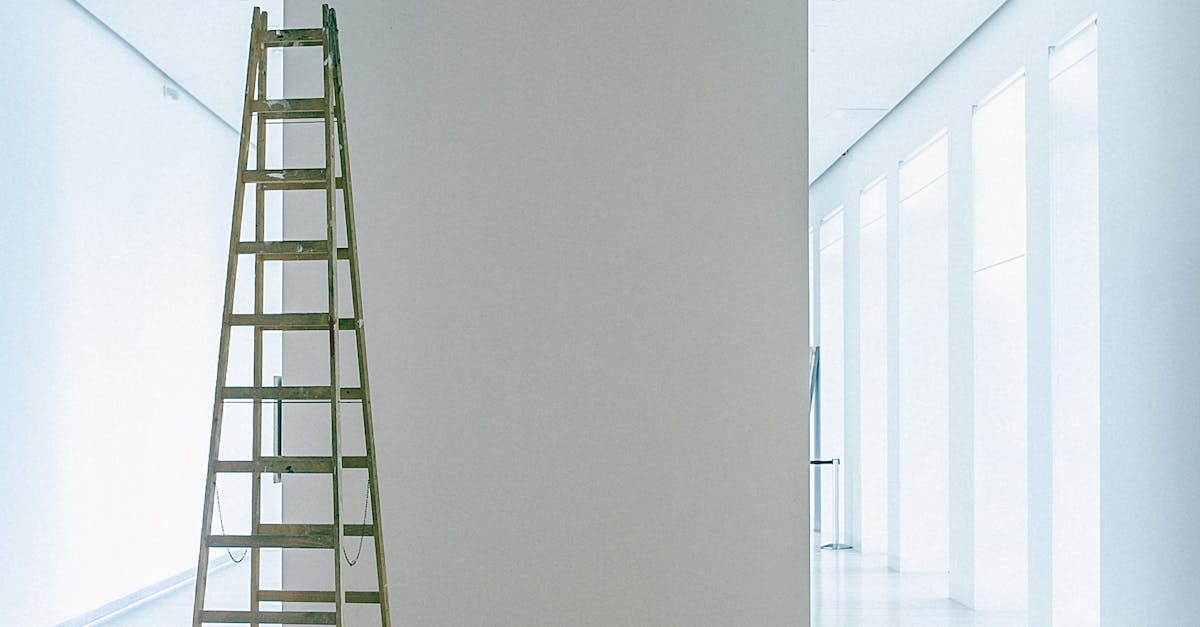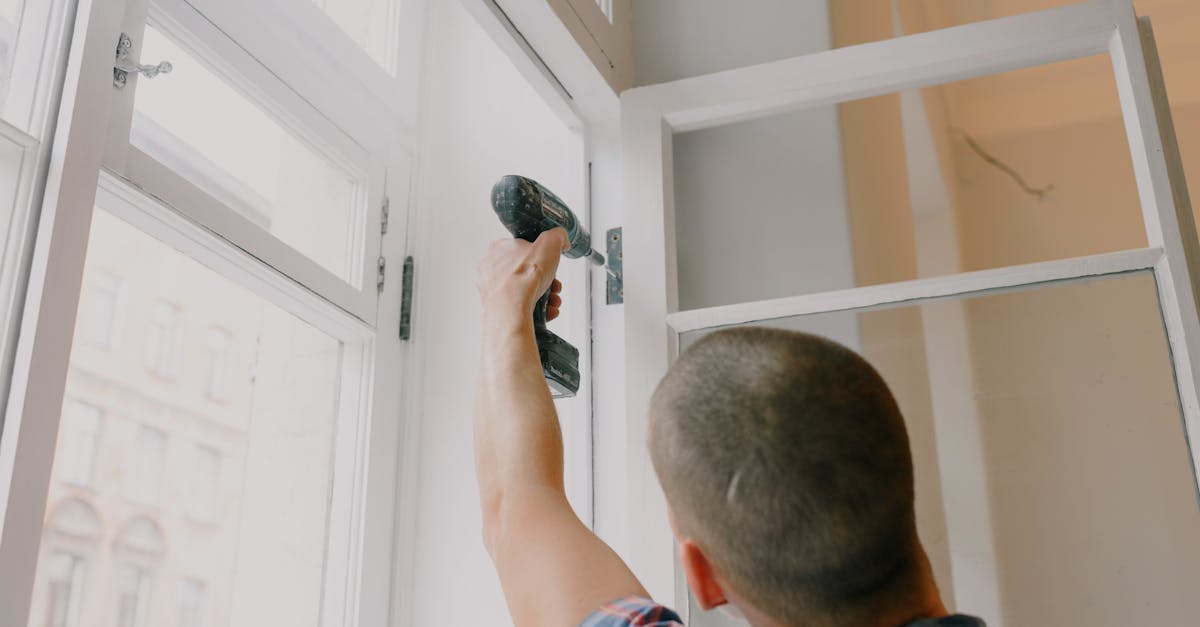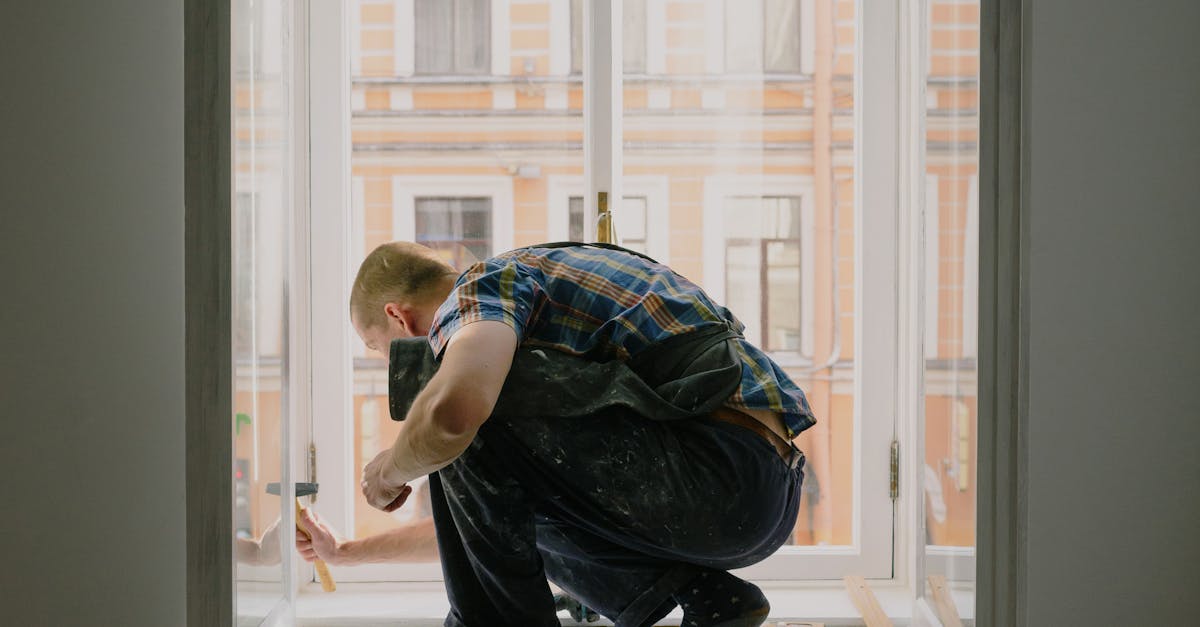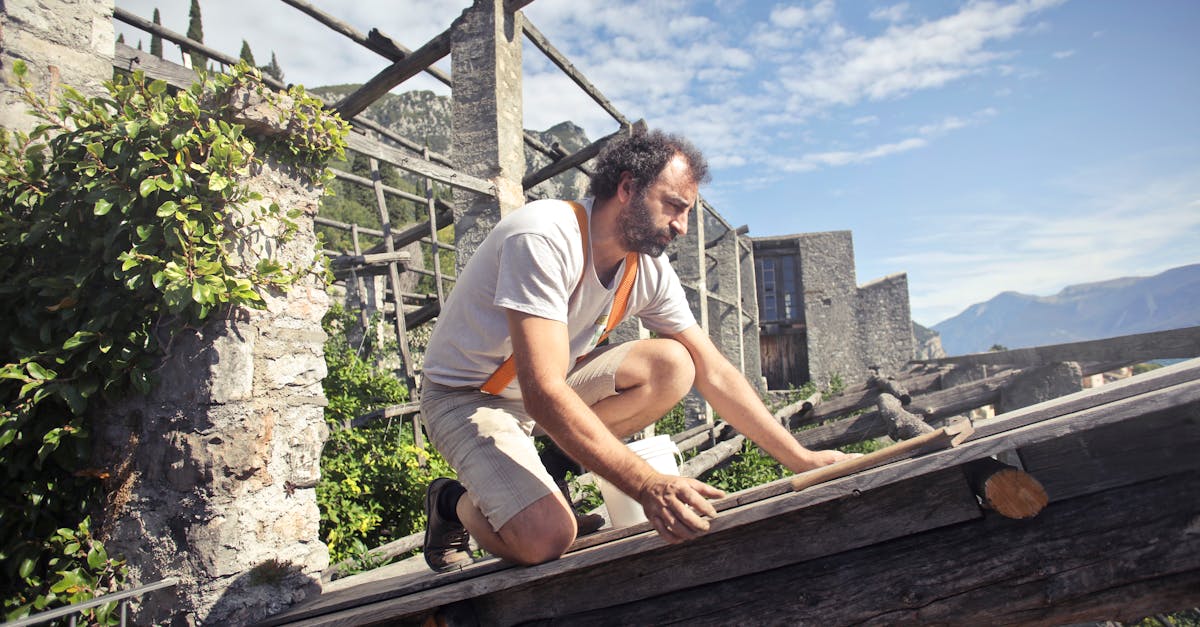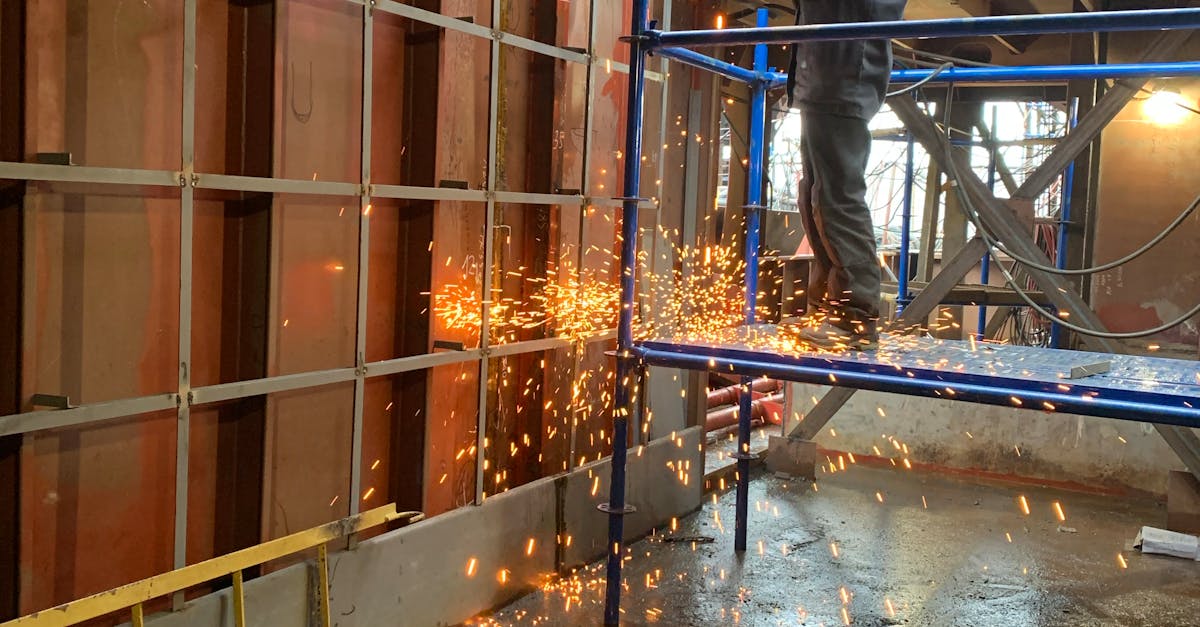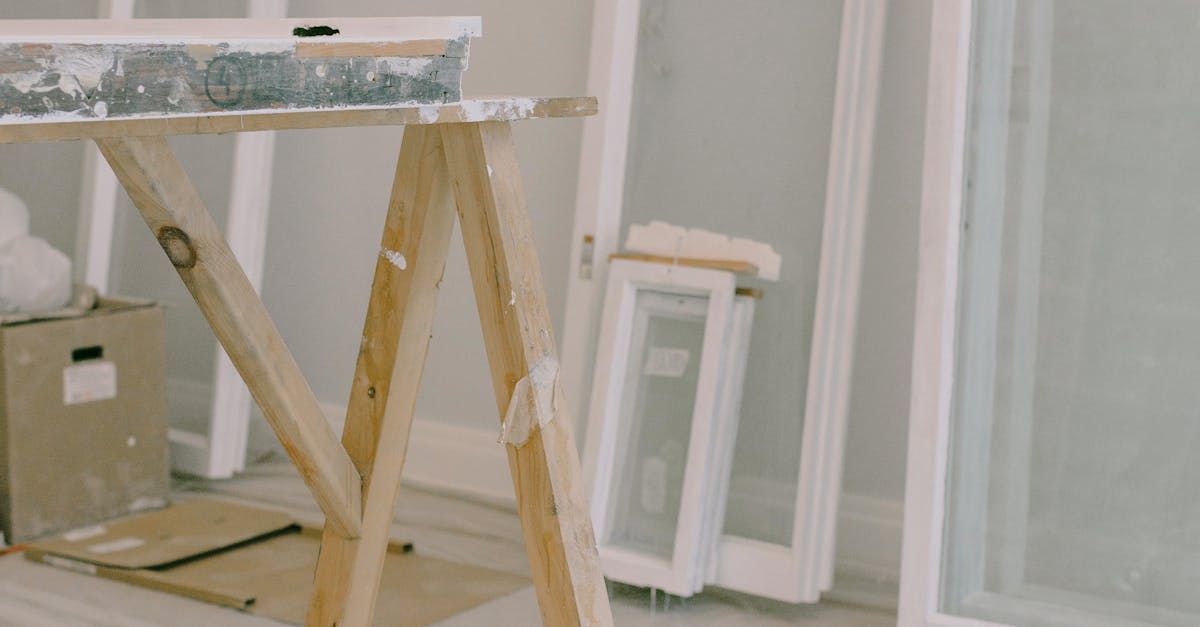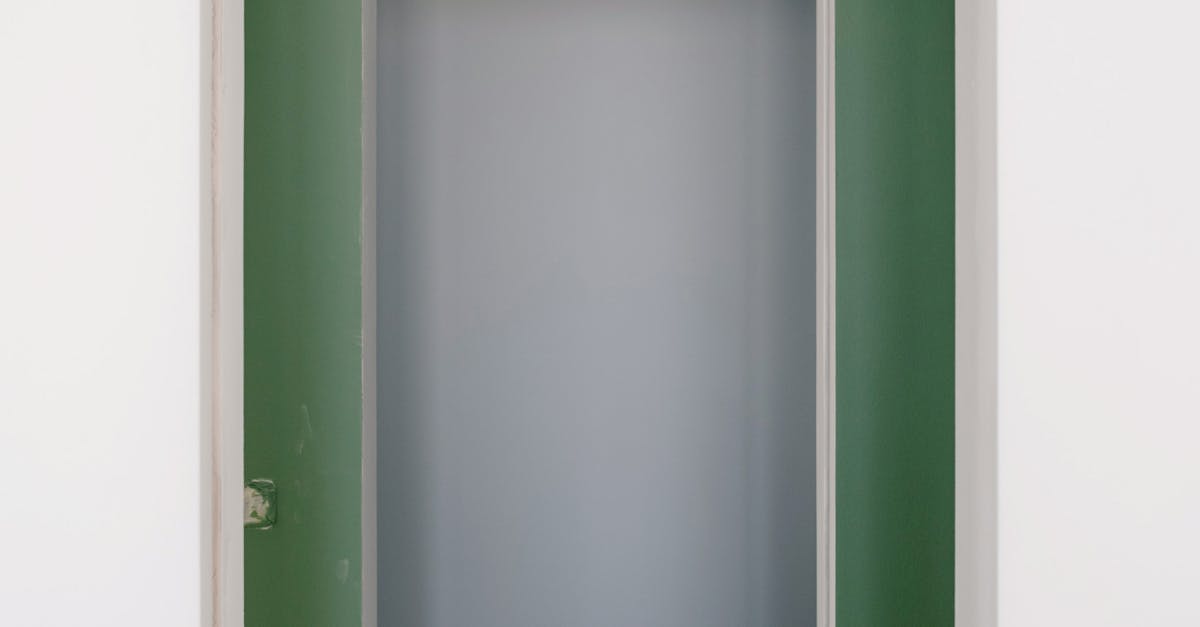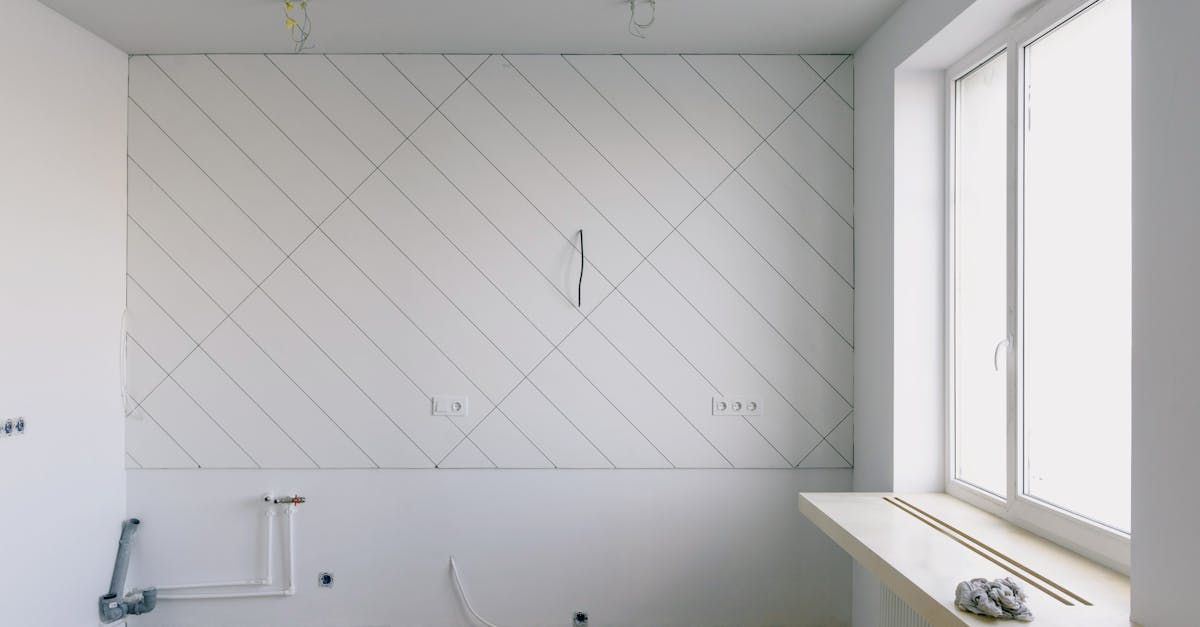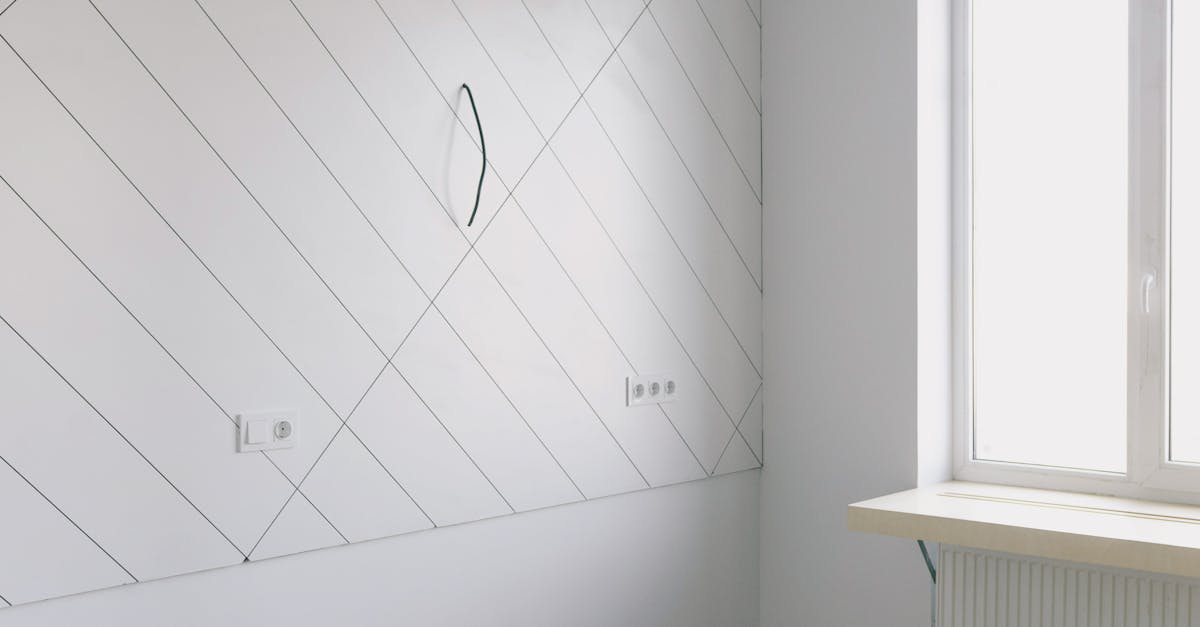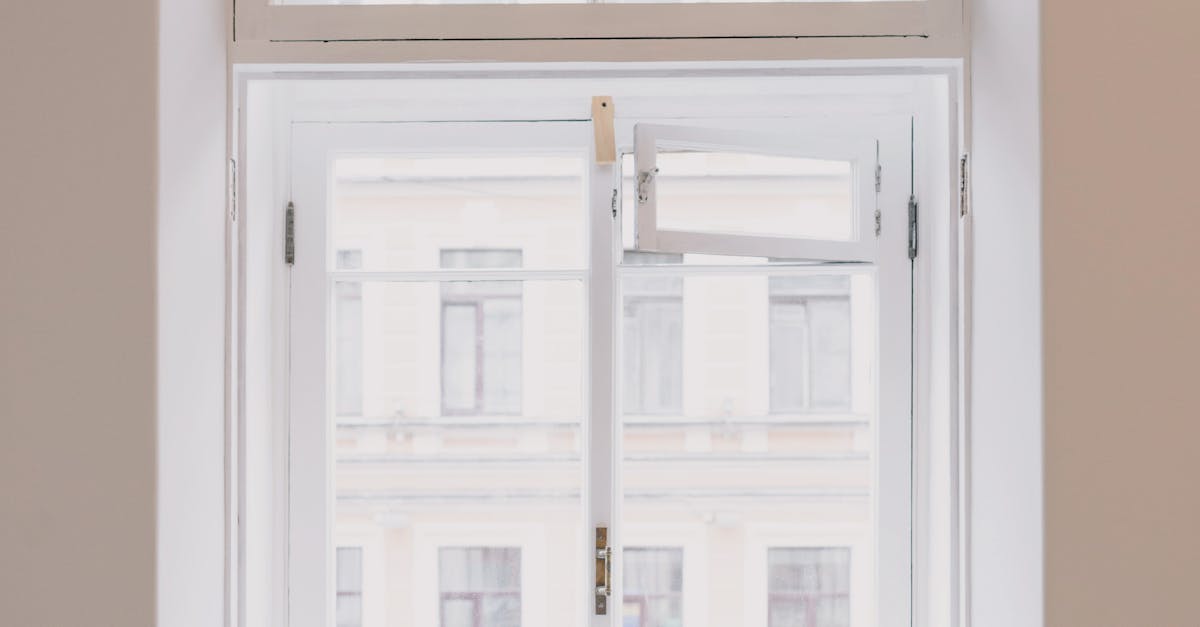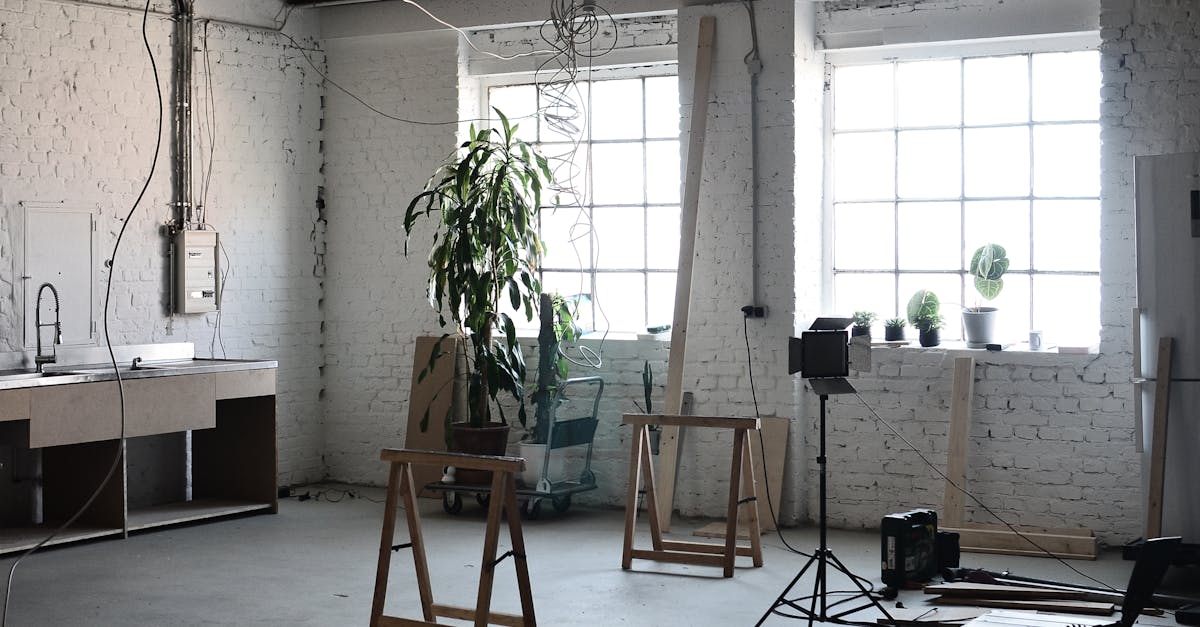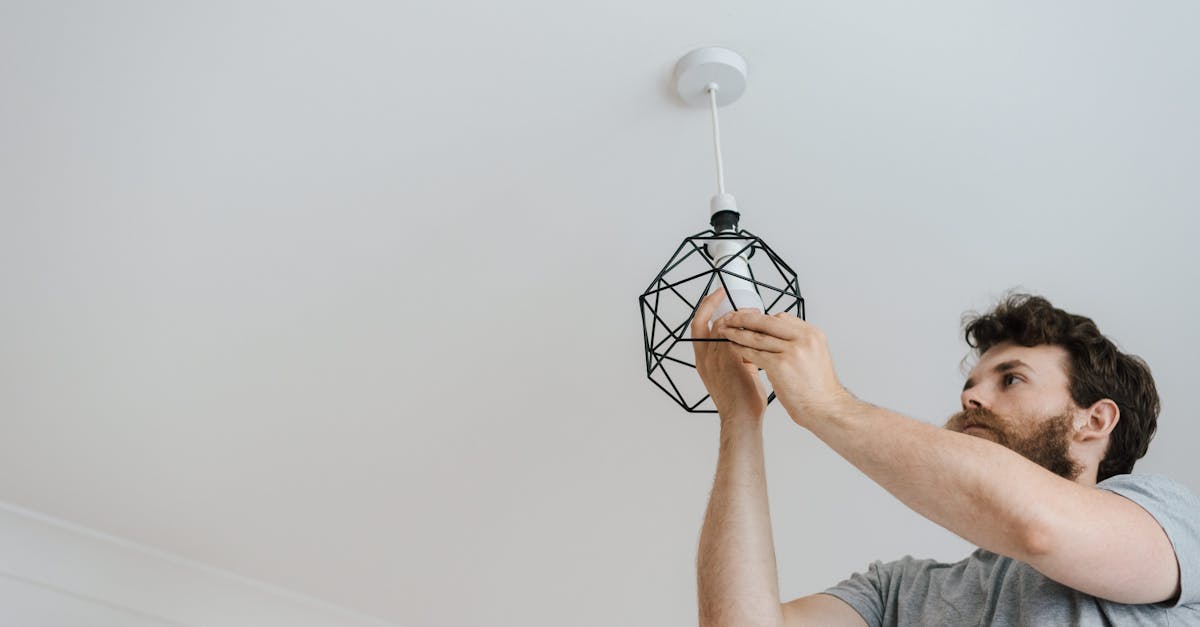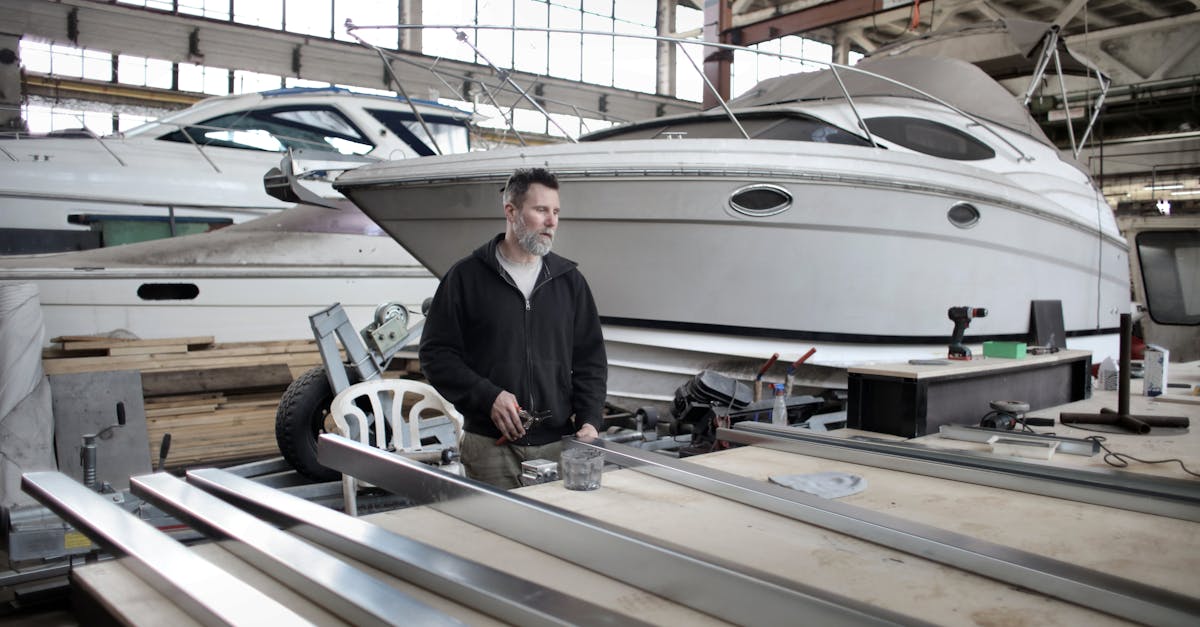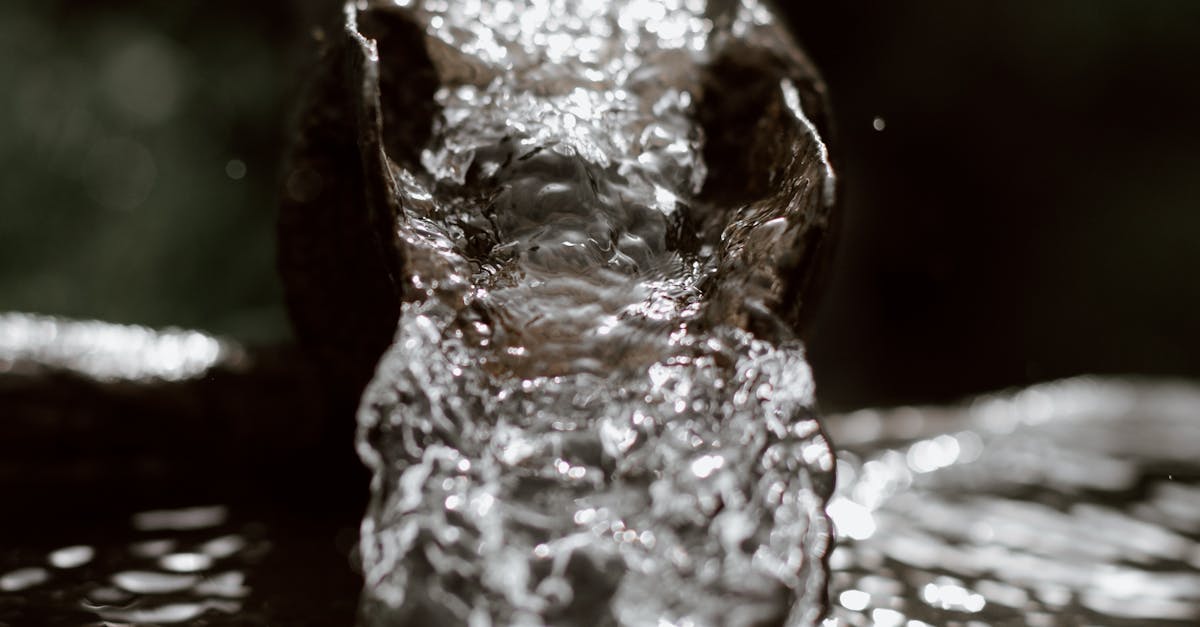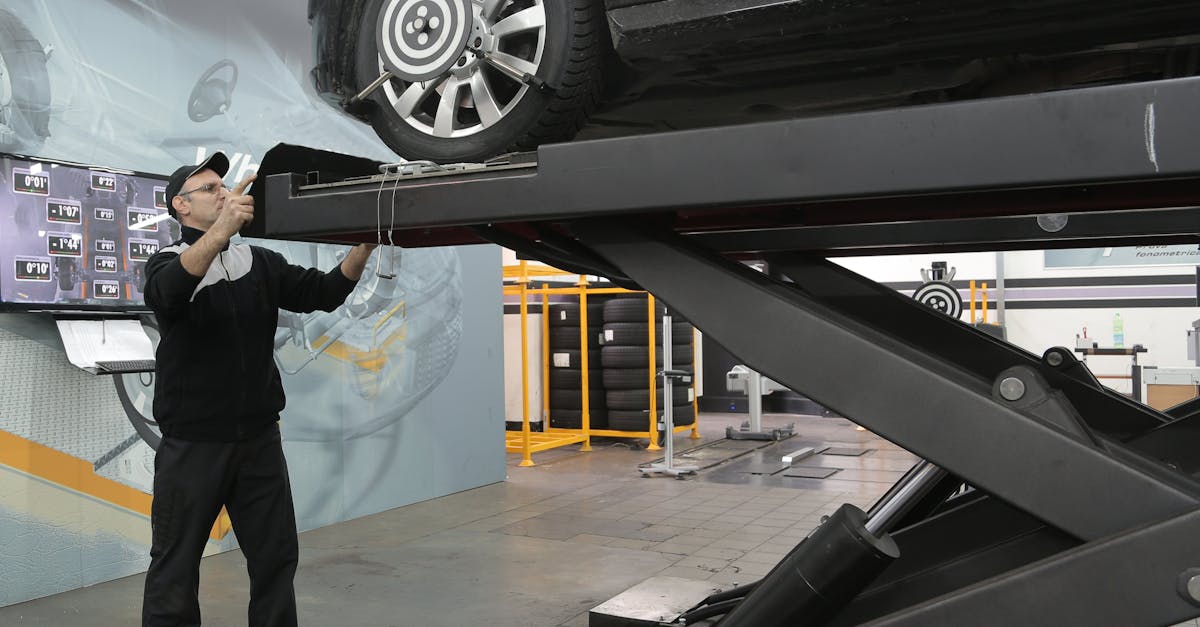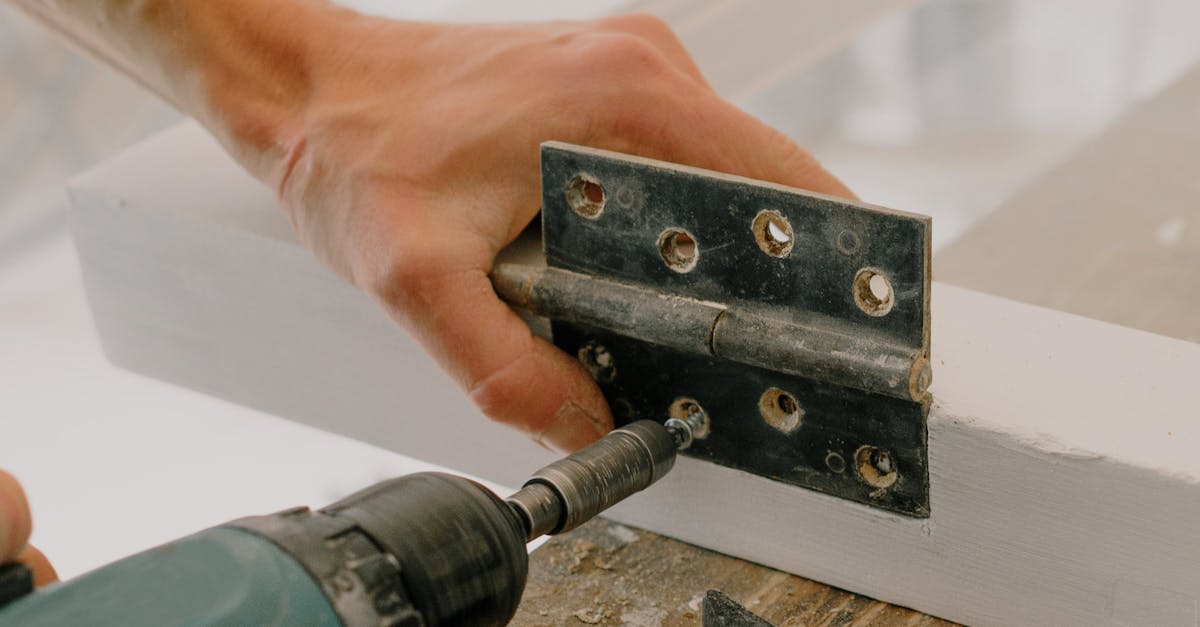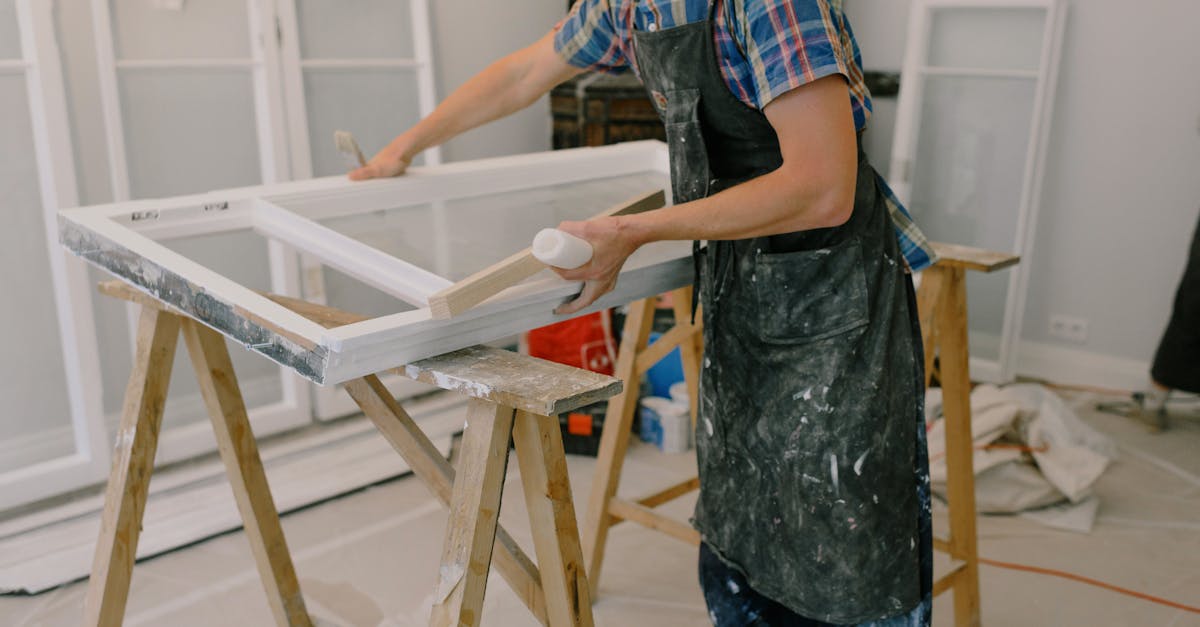
Table Of Contents
Environmental Factors Affecting Sewer Line Durability
Environmental factors play a significant role in determining the durability of sewer lines. Elements such as temperature fluctuations, rainfall amounts, and the type of soil can all influence how well a sewer line holds up over time. In areas with heavy rainfall, for example, the risk of water saturation increases, which can lead to shifting or settling of the ground, potentially compromising the integrity of the pipe. Additionally, clay soils can expand and contract with moisture content, further affecting the stability of sewer components.
Sewer line installation and repair must take environmental factors into account to ensure long-lasting performance. Choosing materials that are resistant to corrosion and wear due to local environmental conditions can greatly enhance the lifespan of the system. Furthermore, proper grading and drainage solutions can mitigate water-related issues, reducing the risk of pipe failure. Understanding these factors before undertaking sewer line work is crucial for achieving a reliable outcome.
Impact of Climate and Soil Conditions
Climate and soil conditions play a significant role in determining the longevity of sewer lines. In regions with extreme weather patterns, such as heavy rainfall or prolonged drought, the integrity of the soil can change dramatically. Saturated soil can lead to increased pressure on sewer lines, while dry, shifting soil may create gaps that can compromise the structure. These environmental factors can accelerate wear and tear, potentially resulting in costly repairs or replacements.
The type of soil also influences how sewer lines perform over time. Clay soils tend to retain moisture and expand when wet, leading to the potential for shifting and cracking in pipes. Conversely, sandy soils may drain too quickly, providing less support for the sewer line. Understanding these soil characteristics is essential. Proper sewer line installation and repair must consider local climate and soil conditions to ensure durability and minimise future issues.
How Installation Quality Influences Sewer Line Life
The quality of sewer line installation can significantly impact the lifespan of the system. When installed correctly, the materials used and the techniques employed ensure that the sewer lines can withstand external pressures and potential blockages. Poor installation practices, including incorrect alignment or insufficient support, may lead to issues such as leaks, cracks, or even complete failure of the sewer line, requiring costly repairs or replacements far earlier than expected.
Choosing qualified professionals for sewer line installation and repair is crucial in maintaining system efficiency. Experienced contractors understand local regulations and can provide insights into the best materials and methods for the specific environment. By selecting the right experts, homeowners can reduce the likelihood of future problems, ensuring their sewer lines function optimally for years to come.
Choosing the Right Professionals for Installation
Selecting the right professionals for sewer line installation and repair is crucial for ensuring long-lasting results. Experienced plumbers bring not only technical skills but also knowledge of local regulations and conditions. When hiring, look for licensed and insured professionals who have a good reputation within the community. Checking references and online reviews can help you gauge their expertise and reliability.
It is also important to consider the type of materials they use and their approach to installation practices. Well-established companies often have access to the best products and technologies available. Investing in quality workmanship during the initial installation can save significant costs on repairs and replacements down the line. Efficient installation methods can enhance the durability of your sewer lines, contributing to their overall longevity.
Cost Implications of Sewer Line Repairs
Sewer line installation and repair can significantly impact home and property budgets. Over time, various factors can lead to deterioration of sewer lines, necessitating either minor repairs or complete replacements. Understanding the potential costs involved can help homeowners make informed decisions. While repairs may seem less expensive upfront, recurring issues may lead to a more substantial financial burden if not addressed comprehensively.
In addition to direct repair costs, there are other financial implications to consider. Disruptions to the property during repair work can result in lost rental income or reduced property value. A failing sewer line may also lead to damage to landscaping or other infrastructure, incurring additional costs. Therefore, homeowners must weigh the short-term savings of patching up issues against the potential long-term expenses associated with inadequate sewer line installation and repair.
Budgeting for Replacement vs. Repair
When considering the financial aspects of sewer line installation and repair, homeowners should assess the long-term implications of their choices. Repairing a damaged sewer line may seem like the more economical option initially, but repeated fixes can accumulate costs over time. It’s essential to evaluate the frequency and nature of any issues. Persistent problems may indicate it is more cost-effective to invest in a replacement rather than continuing to pour money into repairs.
Budgeting for sewer line installation and repair also involves factoring in potential increases in property value and the long-term savings that come from avoiding recurring problems. Opting for a new installation can enhance overall system efficiency, leading to fewer sewer-related incidents and lower maintenance costs. Homeowners would benefit from conducting thorough research and consulting professionals about the best approach tailored to their particular situation.
FAQS
How long can I expect my sewer line to last?
On average, a sewer line can last between 50 to 100 years, depending on the materials used and environmental conditions.
What environmental factors can affect the lifespan of a sewer line?
Factors such as climate, soil conditions, and the presence of tree roots can significantly impact the durability and lifespan of a sewer line.
How does the quality of installation affect a sewer line's longevity?
Proper installation by qualified professionals can enhance the lifespan of a sewer line, while poor installation may lead to premature failures and require costly repairs.
Should I opt for repair or replacement of my sewer line?
The decision between repair or replacement depends on the extent of the damage, age of the sewer line, and cost implications. It’s best to consult with a professional to assess your specific situation.
What are the signs that my sewer line may need replacing?
Common signs include frequent clogs, slow drainage, unusual noises in pipes, foul odours, or visible damage to the ground above the sewer line. If you notice any of these issues, it’s advisable to seek professional inspection.
